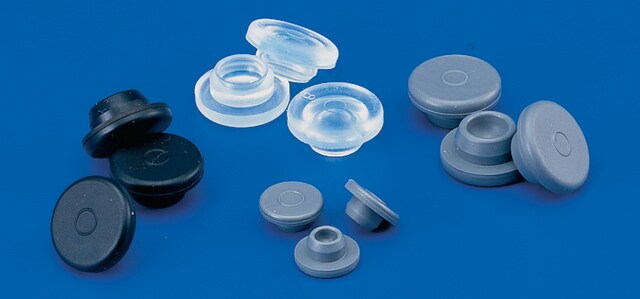5.43838
Sodium phosphate dibasic
anhydrous for HPLC LiChropur™
Synonym(s):
Sodium phosphate dibasic, di-Sodium hydrogen phosphate anhydrous, sec-Sodium phosphate, Disodium hydrogen phosphate, Disodium phosphate, Sodium hydrogenphosphate
About This Item
Recommended Products
grade
anhydrous
Quality Level
form
solid
technique(s)
HPLC: suitable
pH
8.7-9.3 (20 °C, 10 g/L in H2O)
pKa (25 °C)
(1) 2.15, (2) 6.82, (3) 12.38 (phosphoric acid)
mp
250 °C
solubility
77 g/L
bulk density
880 kg/m3
storage temp.
2-30°C
SMILES string
[Na+].[Na+].[H]OP([O-])([O-])=O
InChI
1S/2Na.H3O4P/c;;1-5(2,3)4/h;;(H3,1,2,3,4)/q2*+1;/p-2
InChI key
BNIILDVGGAEEIG-UHFFFAOYSA-L
Looking for similar products? Visit Product Comparison Guide
Related Categories
Application
- Synchronized separation of seven medications representing most commonly prescribed antihypertensive classes by using reversed-phase liquid chromatography: Application for analysis in their combined formulations.: This study utilizes sodium phosphate dibasic in the reversed-phase liquid chromatography process to analyze and separate multiple antihypertensive drugs in combined formulations, enhancing the precision and efficiency of pharmaceutical analysis (Ebeid et al., 2014).
- [Study of the acupuncture effect on monoamine transmitters in rabbit plasma and brain tissue by high performance liquid chromatography with electrochemical detection].: Sodium phosphate dibasic was used as a buffering agent in the HPLC method to study the effects of acupuncture on monoamine levels in rabbit plasma and brain tissue, providing insights into biochemical responses to traditional Chinese medicine treatments (Hou et al., 2002).
- The effect of formulation on reduced radioiodide thyroid uptake.: This research explores the role of sodium phosphate dibasic in the formulation of radiopharmaceuticals, specifically its impact on thyroid uptake of radioiodide, with implications for improving diagnostic and therapeutic applications in nuclear medicine (Yu et al., 2002).
Legal Information
related product
Storage Class
13 - Non Combustible Solids
wgk_germany
WGK 1
flash_point_f
Not applicable
flash_point_c
Not applicable
Certificates of Analysis (COA)
Search for Certificates of Analysis (COA) by entering the products Lot/Batch Number. Lot and Batch Numbers can be found on a product’s label following the words ‘Lot’ or ‘Batch’.
Already Own This Product?
Find documentation for the products that you have recently purchased in the Document Library.
Customers Also Viewed
Articles
Separation and identification of oligonucleotides differing by one base in length using Size Exclusion Chromatography combined with multi-angle light scattering (SEC-MALS) detector.
Our team of scientists has experience in all areas of research including Life Science, Material Science, Chemical Synthesis, Chromatography, Analytical and many others.
Contact Technical Service







